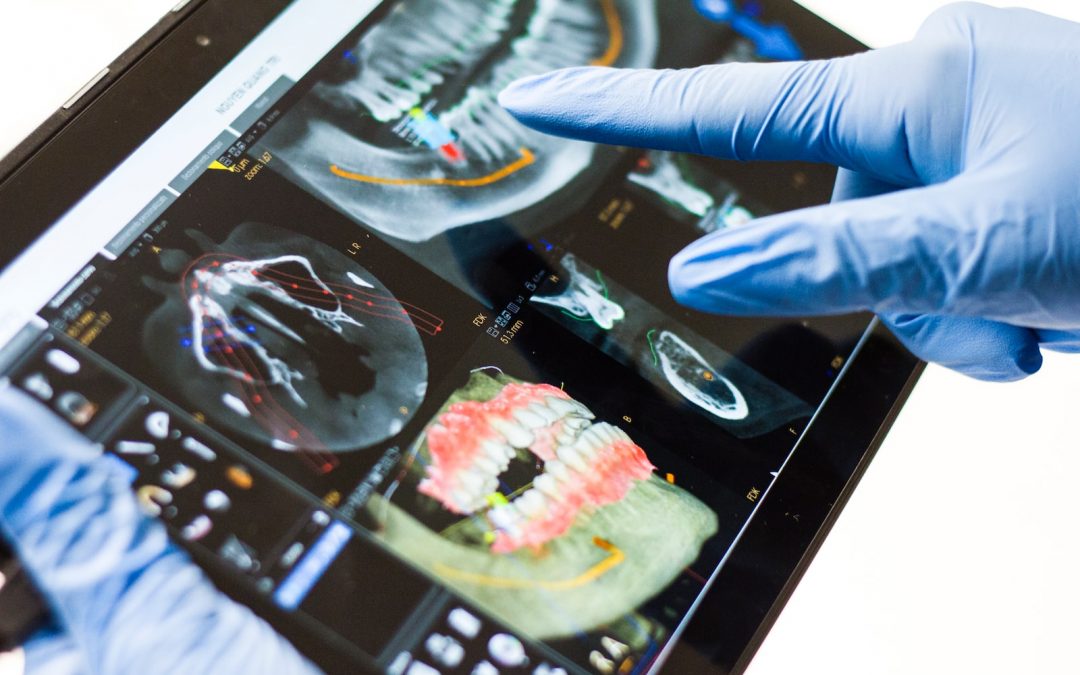The Future of Digital Dentistry: A Look Ahead
Digital dentistry has come a long way in recent years, and the technology is advancing at an astonishing rate. As we look ahead to the future, we can expect to see even more exciting developments that will transform the way dentists provide care and patients experience treatment. Here are some of the key trends and innovations that we believe will shape the future of digital dentistry:
1. Artificial Intelligence (AI)
AI is already being used in a variety of applications within dentistry, from treatment planning to diagnostics. However, we can expect to see even more advanced AI technologies that can analyze data more quickly and accurately, leading to faster and more precise diagnoses and treatment plans.
2. Augmented Reality (AR)
AR technology has the potential to revolutionize the patient experience in the dental chair. Patients will be able to visualize their treatment plans and outcomes in real-time, allowing them to make more informed decisions and feel more comfortable with the process.
3. 3D Printing
3D printing has already shown great promise in the field of dentistry, from creating dental models to printing restorations on-demand. As the technology continues to advance, we can expect to see even more innovative applications in the future.
4. Teledentistry
Teledentistry is the use of technology to provide dental care and consultation remotely. It allows patients to receive dental care from the comfort of their own homes, making it more convenient and accessible. With the rise of telemedicine, teledentistry is set to become an increasingly popular option for dental care.
5. Intraoral Scanners
Intraoral scanners have already transformed the way dentists take impressions, and this technology will continue to improve and become more widely adopted in the future. We can expect to see even more advanced scanning technologies that can capture more detailed images and improve the accuracy of treatment planning.
6. Wearable Technology
Wearable technology, such as smartwatches and fitness trackers, has already made a significant impact on healthcare. In the future, we can expect to see even more innovative wearables that can track oral health metrics and provide real-time feedback to patients and their healthcare providers.
7. Cloud-Based Practice Management Software
Cloud-based practice management software is becoming increasingly popular, allowing dentists to access patient data from anywhere and streamline their operations. As more dental practices adopt this technology, we can expect to see even more innovative features and integrations that improve efficiency and patient care.
8. Guided Implant Surgery
Guided implant surgery is already being used to improve the accuracy and predictability of dental implant procedures. As this technology continues to advance, we can expect to see even more precise and efficient implant placement that leads to better outcomes for patients.
9. Digital Smile Design
Digital smile design is a cutting-edge technology that allows dentists to create highly customized treatment plans that take into account the unique characteristics of each patient’s smile. As this technology becomes more widely adopted, we can expect to see even more advanced software that can generate realistic, 3D simulations of treatment outcomes.
10. Digital Marketing
Finally, digital marketing will continue to play an important role in the future of digital dentistry. As more patients turn to the internet to find dental services and research treatment options, dental practices that have a strong online presence will be better positioned to attract new patients and grow their business. This includes not only having a modern, user-friendly website but also utilizing social media, email marketing, and other digital marketing channels to reach and engage with patients.
Conclusion
The future of digital dentistry is bright and full of potential. From AI to teledentistry to 3D printing, there are many exciting technologies and trends that are poised to revolutionize the industry and improve patient outcomes. Dental practices that embrace these innovations and adapt to the changing landscape will be better positioned to provide high-quality care and stay competitive in the years ahead.
